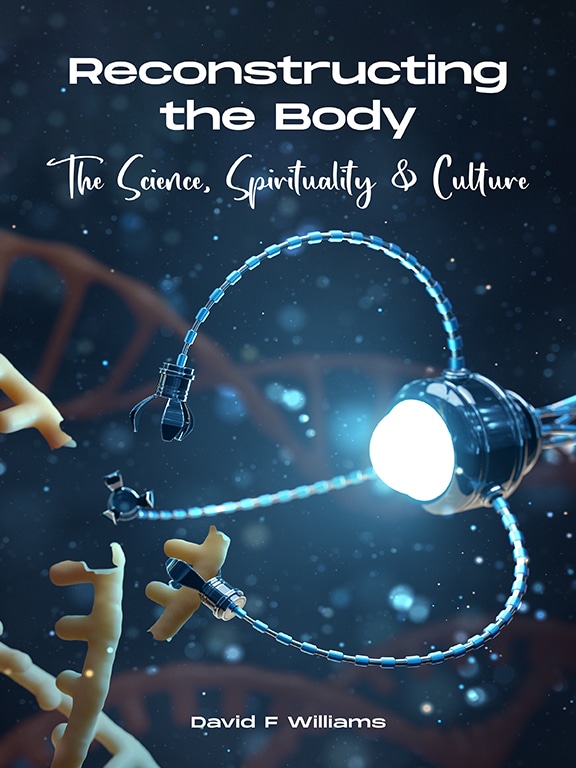contribution that medical technology makes to healthcare, I defined the square wave society10, in which quality was maintained at its maximum from birth, as in line 2 in Figure 3, until it decreased to zero instantaneously at death, without any hint of that demise until then. Again, an impossible scenario.
Figure 3. Hypothetical relationships between quality of life and age; 1 – Monotonic decline from birth to death, 2- The Square Wave Society.
It is difficult to assess quality of life for most individuals during the period from birth and through adolescence since it is so subjective and variable, even from one minute to the next; naturally there are some immensely important examples where quality of life is markedly improved by medical intervention during this early period, which we shall cover in appropriate places. Our analysis of the interplay between quality and quantity of life starts with an arbitrarily defined point of the transition from adolescence to adulthood11. With most people, the quality of life will increase for some time after the adolescence-adulthood transition, perhaps dependent on social acceptance, professional advancement, sexuality and so on, reaching a maximum (line 1 Figure 4) after which there may be a steady state before a decline in quality. A point will be reached where the quality returns to the level at the adolescence / adulthood transition point and then follows some downward path to the point of death. Of course, this path will not be smooth, but erratic, depending on life’s ups and downs, which could be entirely physical, as with breaking a leg that transiently decreases quality for several months, or sociological, as with a divorce that could have a negative effect for years.
It could be argued that the whole subject matter of this book, that is reconstructing the body, is concerned with three phases. First, as noted in the previous paragraph, deficiencies that arise in the pre-natal and peri-natal time frame, or become apparent in infancy, essentially of genetic or developmental origin, may

